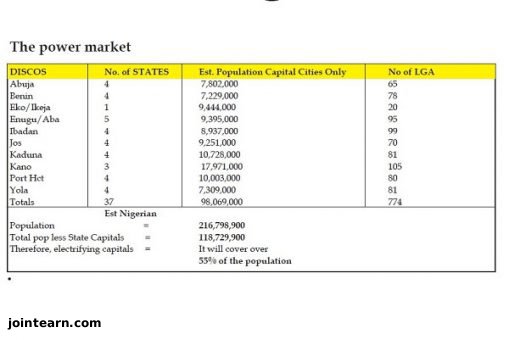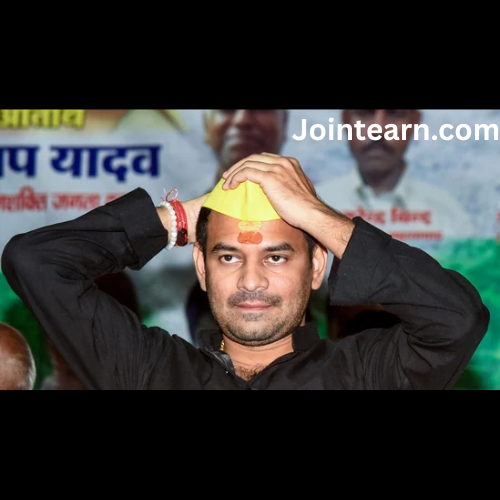
With 45 years of experience in Nigeria’s power sector, including roles as the pioneer Chairman and CEO of the Nigerian Electricity Regulatory Commission (NERC), I have witnessed the sector’s highs and lows. Since the start of deregulation in 2005 and privatisation in 2013, Nigeria has struggled to provide reliable electricity. Despite reforms, the goal of uninterrupted power supply remains elusive 65 years after independence.
The central aim of this article is to advocate for steady electricity supply to all 36 state capitals and the Federal Capital Territory (FCT) by 2030, a goal that is measurable, achievable, and transformative for Nigeria’s citizens and economy.
Understanding the Wicked Power Problem
Nigeria’s electricity challenge is a classic wicked problem: complex, multi-dimensional, and resistant to simple solutions. Characteristics include:
- Many interdependent factors
- Competing stakeholder goals
- No absolute “right” solution—only better or worse approaches
- Expensive interventions with ecosystem-wide impacts
This explains why, despite decades of reforms, steady nationwide electricity has remained unattainable.
A Brief Look at Privatisation
Nigeria embarked on power sector privatisation in 2005 to improve efficiency and electricity generation. Key milestones include:
- Unbundling NEPA/PHCN into 11 Distribution Companies (Discos), 6 Generation Companies (Gencos), and 1 Transmission Company (TCN).
- Creation of NERC to regulate the sector.
- Privatisation of Discos and Gencos (2013): Discos were sold using a unique “price taker” bidding system focused on reducing technical and commercial losses (ATC&C losses).
Despite government and international support, the sector still faces:
- Persistent generation deficits
- Metering gaps and power theft
- Weak revenue collection
- Financial strain on Discos
Legal and Regulatory Reforms
Reform 1.0 (2005):
- Established NERC and PHCN restructuring
- Introduced Multi-Year Tariff Order (MYTO) to regulate tariffs
Reform 2.0 (2023):
- Decentralised regulatory authority to states
- Created the Nigerian Independent System Operator (NISO)
These reforms provide regulatory stability, but sector performance continues to fall short.
Challenges in the Power Sector
- Generation deficits versus demand
- High ATC&C losses and widespread power theft
- Inefficient revenue collection and liquidity issues
- Complex, multi-stakeholder governance
- Unattractive investment climate
A Pragmatic Way Forward: City-by-City Power
Rather than pursuing nationwide solutions that remain elusive, I propose a city-by-city approach:
- Target: Provide steady electricity to 36 state capitals + FCT by 2030.
- Rationale: Over 55% of Nigerians (~98 million people) live in state capitals.
- Benefits:
- Measurable and visible progress
- Improved Disco revenue as self-generators return to the grid
- Easier management of resources and network stability
This approach mirrors successful strategies in other sectors, such as mobile telephony, where services first roll out in major cities.
Implementation Framework
Key stakeholders: FGN, NERC, states, Gencos, TCN, Discos, Presidential Power Initiative, Siemens, REA, electricity unions, and more.
Critical success factors:
- Collaboration across all stakeholders
- Revenue and liquidity improvement
- Customer enumeration and pay-as-you-go smart meters
- Accurate demand forecasting
- Bilateral power contracts
- Network rebalancing, digitalization, and data analytics
By focusing first on state capitals, the power sector can deliver measurable wins, build public confidence, and provide a roadmap toward broader electricity stability.
Conclusion
Nigeria’s power sector remains a wicked problem, but a practical, measurable solution exists. By targeting steady power for state capitals and FCT by 2030, the nation can:
- Achieve visible, incremental successes
- Boost economic activity and investor confidence
- Restore public trust in the electricity sector
This approach is clear, actionable, and achievable. Celebrations will naturally follow as each city achieves reliable power—turning decades of darkness into a story of progress and hope.


Leave a Reply